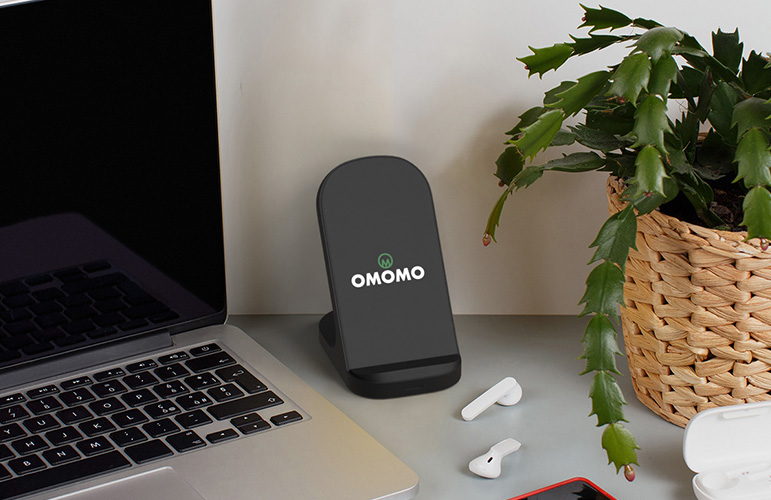Plastic
Nothing is as popular and versatile as plastic. It is also one of the most widespread pollutants, which inspired us to phase out the use of virgin plastic in our products and packaging by 2030. Instead, we try and use more recycled and biobased plastic. Check out the most important differences below:
Virgin
![]() Versatile
Versatile![]() New material, so no/low risk of impurities
New material, so no/low risk of impurities![]() Fossil-based resources
Fossil-based resources![]() High energy demand for extraction of resources, manufacturing and production
High energy demand for extraction of resources, manufacturing and production![]() Takes hundreds of years to break down in landfills
Takes hundreds of years to break down in landfills




Recycled
![]() Made from a waste product
Made from a waste product![]() Saves up to 80% of energy used in production
Saves up to 80% of energy used in production![]() As versatile as virgin plastic
As versatile as virgin plastic![]() Fossil-based, but re-uses resources
Fossil-based, but re-uses resources![]() Can contain contaminant, not always food-safe
Can contain contaminant, not always food-safe ![]() Cannot be recycled indefinitely
Cannot be recycled indefinitely ![]() Takes hundreds of years to break down in landfills
Takes hundreds of years to break down in landfills
Bioplastic
![]() Made from renewable resources
Made from renewable resources![]() Saves up to 80% of energy usage and emissions
Saves up to 80% of energy usage and emissions![]() Fewer toxins (related to fossil-fuel use) released in production
Fewer toxins (related to fossil-fuel use) released in production![]() Several are biodegradable, some are compostable
Several are biodegradable, some are compostable![]() Land, water and fertilizers needed to grow resources
Land, water and fertilizers needed to grow resources![]() Less strong and versatile as normal plastic
Less strong and versatile as normal plastic![]() Chemical additives still needed in production
Chemical additives still needed in production![]() Should not be recycled with regular plastic
Should not be recycled with regular plastic![]() Non-biodegradable plastics take hundreds of years to break down in landfills
Non-biodegradable plastics take hundreds of years to break down in landfills






